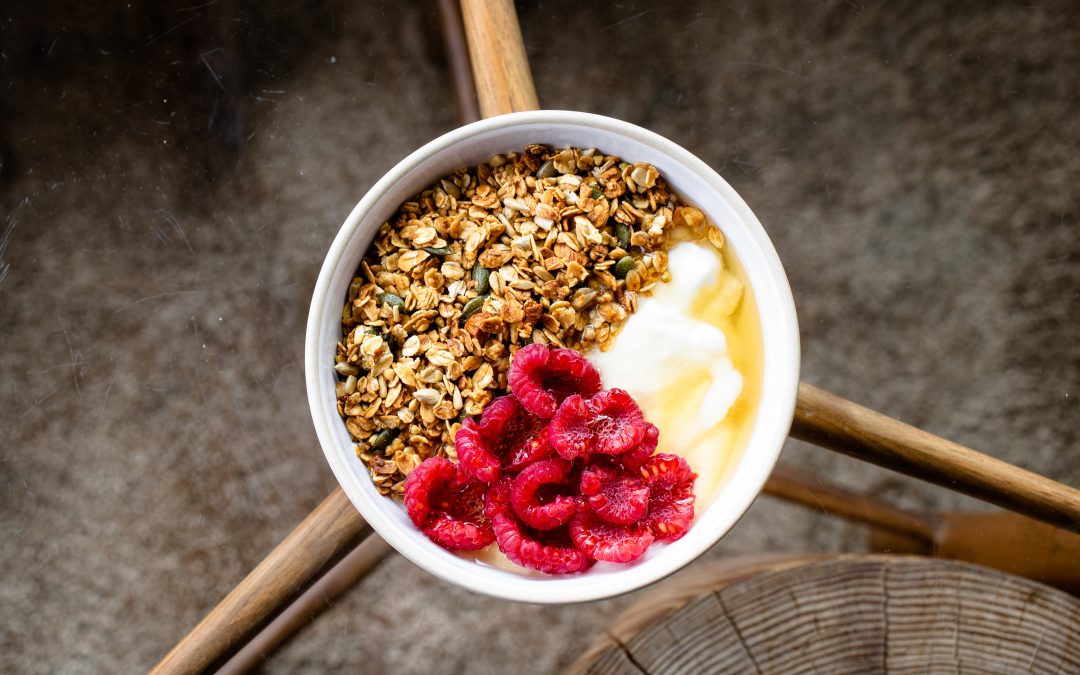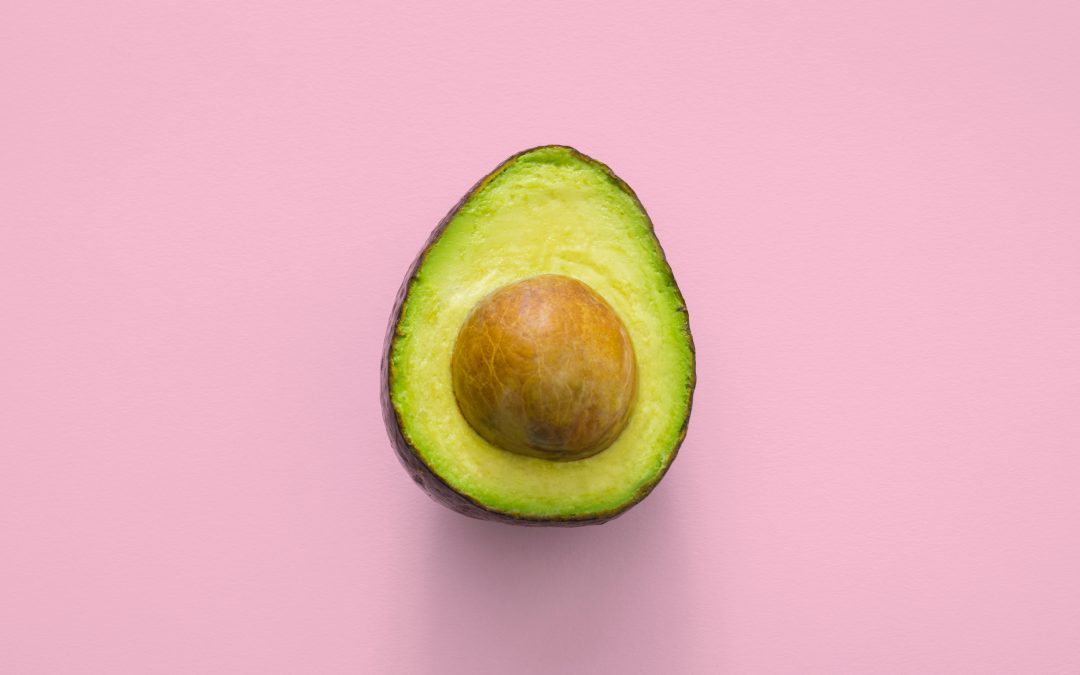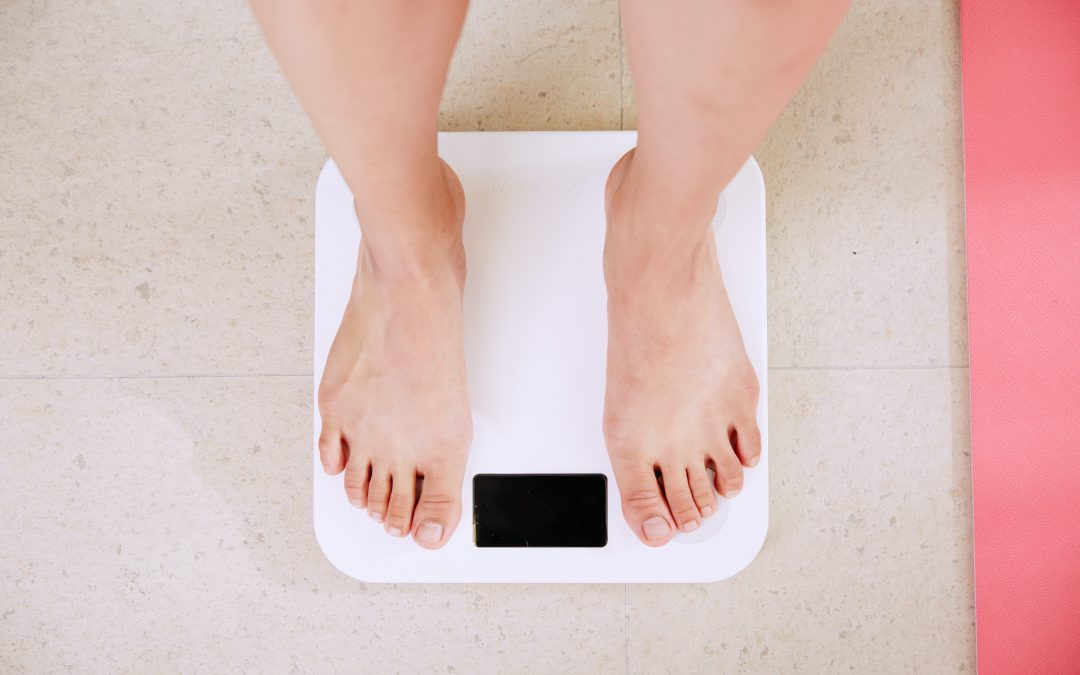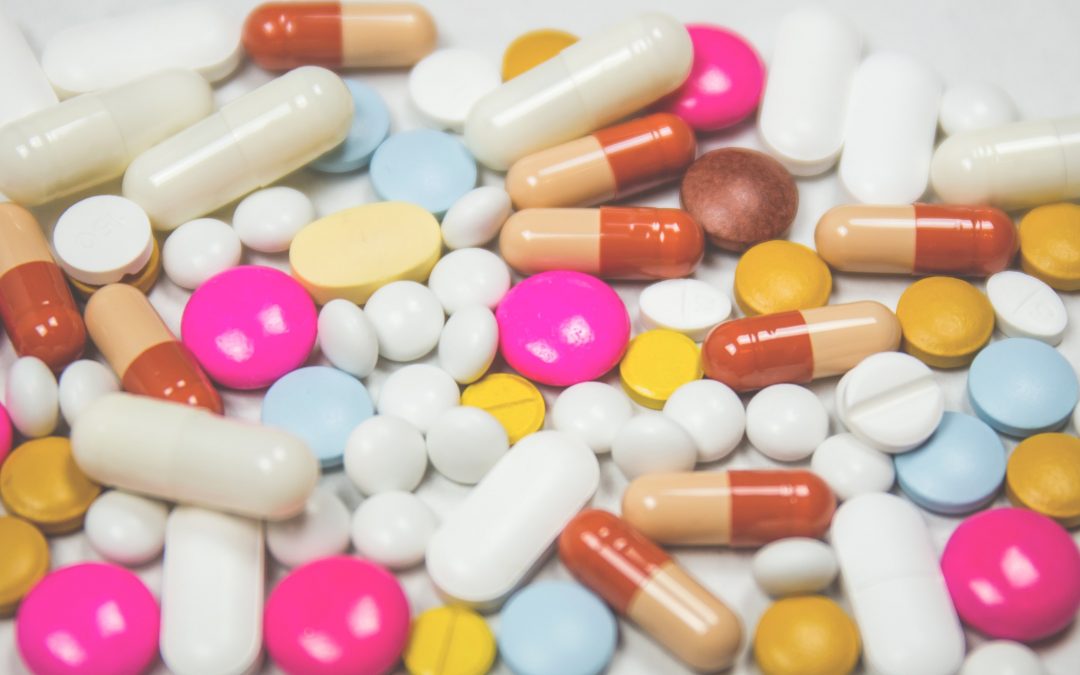Supplementation: A universal cure, or a brilliant marketing scheme?
Think about your local pharmacy, and the isles and shelves filled with so many supplements often “on special”, promising to detoxify your body, miraculously clear your skin, boost your immunity, or increase your energy levels instantaneously! Do you ever stop to consider whether these claims are true or if they are just trying to sell you a product? Think about all the marketing of these products. Very often they will be promoted, often sold in a “2 for 1” deal or on a buy 1 get something free combination.
Is there evidence to back-up these claims and how should consumers be responding?
This is such an important question especially since so many consumers get trapped in marketing schemes or are persuaded that they will be “unhealthy” or “unwell” if they are not taking a handful of pills every day. There are so many supplementation products available nowadays, produced by many differing brands and manufacturers, in varying compositions. The packaging is always very enticing, using bright colours and bold text, making every effort to draw the customer in. There seems to be a product on the market for every ailment. There are supplements claiming to clear skin, detoxify the body, promise quick unrealistic weight loss, improve nails and hair, boost immunity, enhance energy and the list goes on and on and on. It appears almost everything has an ability to fix an issue or help you lose weight but it’s important that people first know what is contained within in their supplements, why or why not they should take a supplement; and whether a doctor (health professional) would support them taking this supplement.
What exactly are supplements?
Supplements are any substances, extracts or mixture of substances taken in for the purpose of adding nutritional value to the diet. It is very important to emphasize that supplementation does not replace or substitute nutrition, but rather supports dietary intake and it is therefore additional nutrition. Many supplements contain what we call micronutrients. This is the fancy term for vitamins and minerals which play a vital role in metabolism and whole-body function on a cellular and molecular level. Vitamins and minerals are essential for optimum body functioning, and most of the time, we don’t even realize we are consuming them packaged within the food that we eat!
Supplements do not contain unapproved ingredients such as steroids, hormones, or scheduled drugs and can therefore be bought without prescription or “over the counter”; without the supervision of a medical professional…
Very interestingly, the most popular products bought are multivitamin-minerals, calcium(women), vitamin C, fish oil, herbals, probiotics, vitamin D, probiotics, “weight management” supplements and sporting enhancement products.
Who should take supplements and why?
Supplements are only necessary to take if there has been documented deficiency (or a lack of) a nutrient or micronutrient in a consumer’s body. This can be determined through blood samples and laboratory testing. Additionally, supplements are indicated for persons who follow dietary patterns which restrict certain foods or food groups (and in turn are excluding certain important nutrients). Basically; anybody who is not eating a balanced diet, may require a supplement of a particular nutrient they are not consuming from food.
With this being said however, many adults and children fail to meet dietary guidelines of micronutrients for many reasons. They may under-consume (among others) dark green leafy vegetables, dairy, orange vegetables, legumes, protein or wholegrains. Many people avoid certain food groups because of allergies or intolerances. For example somebody who is allergic to casein (cows milk protein) will not consume any dairy and consider taking a calcium phosphate supplement. Sometimes children are generally very fussy eaters and avoid all fruit and vegetables. Other examples of restrictive dietary patterns are vegetarians. A vegetarian person will not eat meat, chicken, fish, pork, or the flesh of any animal, but they may eat eggs and milk because no animal has died in the process of acquiring milk and eggs.
In these instances supplements can be considered, to correct any nutrient deficit which would be proven by blood samples.
It is important to emphasize that your health care professional (such as a dietitian, doctor, nurse, pharmacist) should be consulted FIRST before you consume or purchase any supplement.
I am plant-based. Should I consider supplementation?
A vegan is a person who does not consume any food derived from an animal or animal product and typically does not consume products or materials derived from animals. This simply means they do not eat meat, chicken, fish, eggs, or milk. The only nutrient vegans cannot attain from an exclusive plant-based diet is vitamin B12, and this should be an important nutrient to supplement. If vegans consume a properly structured diet and pay attention to important nutrients, they do not need other supplements. We would support those vegans who work with a registered dietitian or nutrition professional to understand and implement complete nutrition in a plant-based regime. If the diet is proven to be insufficient in certain nutrients, supplementation will be indicated. Some common supplements used in these contexts would be micronutrients such as iron, calcium-magnesium, vitamin B complex, plant based protein supplements, and omega 3’s (plant sources).
Supplementation is also definitely indicated for those people with increased requirements than a normal recommended dietary intake (RDA). Supplementation can be useful for underweight children/consumers who struggle to get in enough daily calories. Very importantly, supplements are also indicated for people who have increased requirements for certain nutrients such as pregnant women (who would typically take an iron, a folic acid and sometimes a calcium supplement). Athletes are another interesting group, because of the increased demand and use of the body’s nutritional stores during intense periods of physical activity. Other examples of people with increased requirements would be people with chronic illnesses or those with food allergies which eliminate major food groups. For example, a person who is lactose intolerant may be avoiding dairy entirely, and consequently their diet may be insufficient in calcium, vitamin D, phosphorus, and magnesium, and they should be considering supplementation.
If you eat a balanced diet, including all the food groups, with variation you don’t need to supplement?
It is always advisable and best to consume all nutrients (carbohydrates, proteins, fats, fibre, vitamins, trace elements and minerals) from food sources instead of supplements. The human body was efficiently designed to absorb these nutrients from food.
In summary, supplements are not necessary, if you are consuming a balanced diet, within a healthy dietary pattern. If a variation of food types is consumed, a person’s micronutrient needs (or requirements) will be fulfilled. Any benefits from micronutrient supplementation are only rendered if there was a previous deficiency of a specific nutrient. Supplementing in doses excess to normal body requirements is not beneficial for optimum functioning, and most of the time a waste of money.











